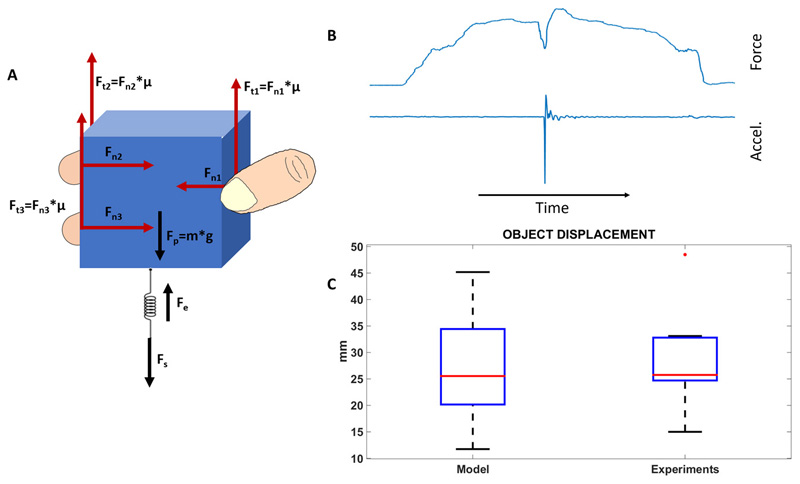Figure 1. Stick-slip model of a multifingered grasp.
(A) The model describes the mechanism of stick-slip during grasps involving from 2 up to 5 fingers. A tridigital grasp of an object is shown. Fn1 is the force applied by the thumb, while Fn is the resultant of the normal forces applied by all the fingers (i.e. Fn =Fn1 + Fn2 + Fn3). Fs is the external disturbance that causes slippage. When an external disturbance force Fs is applied to the spring, it will store elastic energy and an increasing force will be exerted on the object that is opposed by the frictional force Ft=Ft1 + Ft2 + Ft3. When Ft ≥ Fp − Fe + Fs the object sticks; on the other hand, when Ft < Fp − Fe + Fs the object slips. (B) Slip occurrence and corresponding force variation. (C) The object displacement caused by disturbance Fs and computed by the stick-slip model, and the displacement measured by the sensors on the object. The difference between the measured object displacement and the computed object displacement is not statistically significant (p=0.84).

